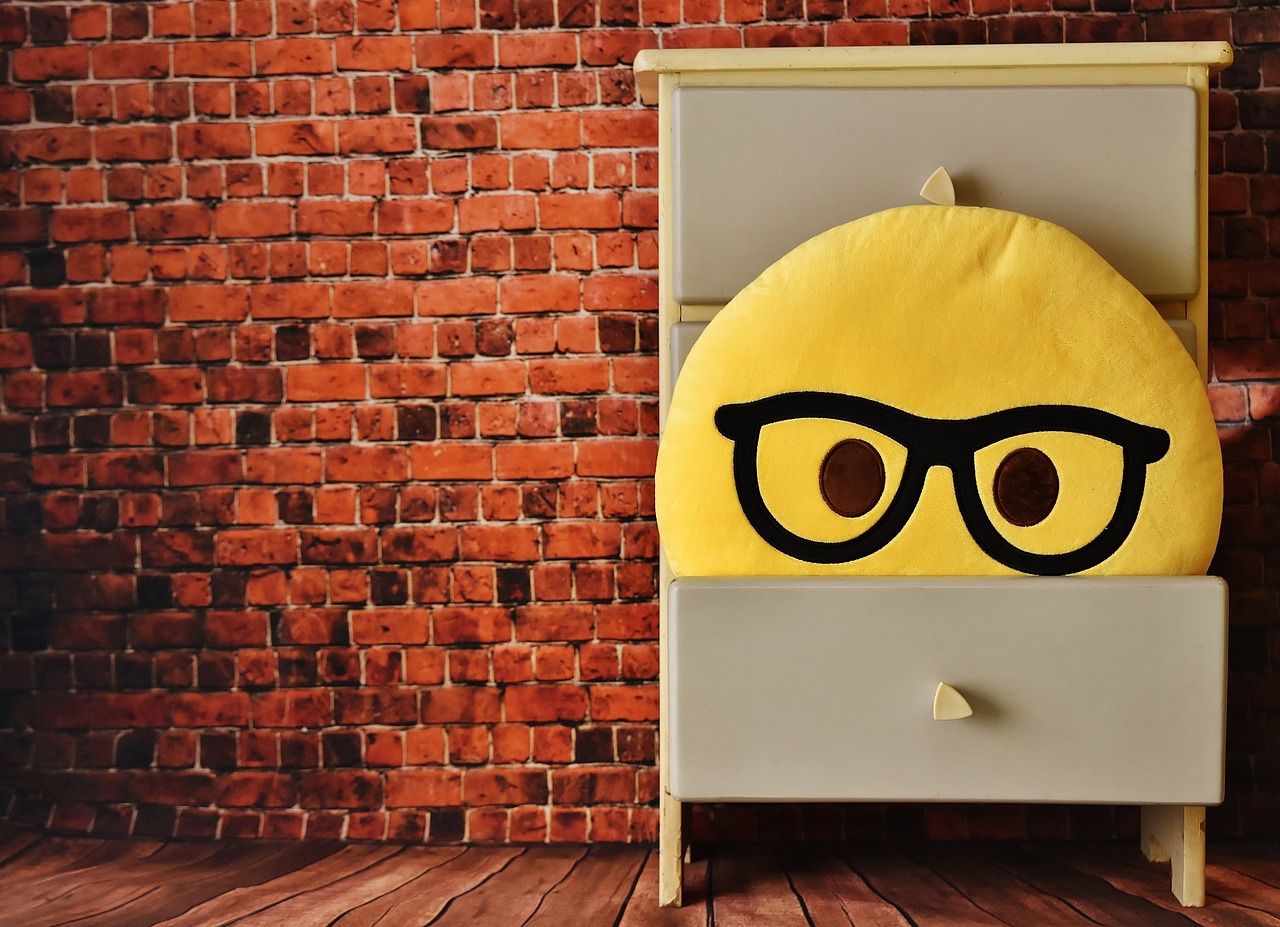Museum Exhibit Design Principles: Creating Immersive and Memorable Spaces: My 99 exch, Laser book 247 com registration, Yolo247 club login
my 99 exch, laser book 247 com registration, yolo247 club login: Museum Exhibit Design Principles: Creating Immersive and Memorable Spaces
Museums are more than just buildings filled with artifacts and artworks. They are spaces designed to educate, inspire, and evoke a sense of wonder. The design of a museum exhibit plays a crucial role in shaping the visitor’s experience. When designed effectively, museum exhibits can transport visitors to different worlds, spark their curiosity, and leave a lasting impression.
In this article, we will explore the principles of museum exhibit design that help create immersive and memorable spaces.
1. Understanding the Audience
Before starting the design process, it’s essential to understand the target audience. Different age groups, interests, and cultural backgrounds will respond to exhibits in unique ways. By knowing your audience, you can tailor the exhibit design to meet their expectations and preferences.
2. Storytelling
Good exhibit design tells a story. Whether it’s showcasing a historical event, highlighting an artist’s journey, or exploring a scientific concept, the exhibit should have a narrative structure that guides visitors through the space.
3. Use of Space
The layout of the exhibit space is crucial in creating a seamless and engaging experience. Consider the flow of traffic, sightlines, and interactive zones to ensure visitors can navigate the space comfortably.
4. Lighting and Sound
Lighting and sound design can set the mood and enhance the overall atmosphere of the exhibit. Use lighting to draw attention to key elements and create focal points. Sound can also be used to create ambiance and immerse visitors in the exhibit’s theme.
5. Interactive Elements
Incorporating interactive elements such as touchscreens, VR experiences, and hands-on activities can make the exhibit more engaging and memorable. These elements encourage visitors to participate actively in the learning process.
6. Accessibility
Designing exhibits with accessibility in mind ensures that all visitors, regardless of their abilities, can fully engage with the content. Consider features such as wheelchair ramps, braille signage, and audio descriptions for visually impaired visitors.
7. Incorporating Technology
Technology can be a powerful tool in enhancing the visitor experience. Augmented reality, virtual reality, and interactive displays can bring exhibits to life in ways that traditional displays cannot.
8. Theming and Branding
Creating a cohesive theme and branding for the exhibit helps tie all elements together and creates a unified experience for visitors. Consistent colors, fonts, and imagery can reinforce the exhibit’s message and make it more memorable.
9. Evaluation and Feedback
After the exhibit is launched, it’s essential to collect feedback from visitors to understand what worked well and what could be improved. Use this feedback to continuously refine and improve future exhibits.
10. Sustainability
Consider sustainability in exhibit design by using eco-friendly materials, incorporating energy-efficient lighting, and sourcing locally produced goods. This not only reduces the exhibit’s environmental impact but also educates visitors on the importance of sustainability.
In conclusion, museum exhibit design is a blend of art and science that aims to create immersive and memorable spaces for visitors. By following these design principles, museums can inspire, educate, and engage visitors in meaningful ways.
FAQs
Q: How long does it take to design a museum exhibit?
A: The timeline for designing a museum exhibit can vary depending on the scale and complexity of the project. On average, it can take anywhere from several months to a year or more to complete.
Q: How much does it cost to design a museum exhibit?
A: The cost of designing a museum exhibit can vary widely depending on factors such as the size of the exhibit, the use of technology, and the materials used. Costs can range from tens of thousands to millions of dollars.
Q: Can I design a museum exhibit on my own?
A: Designing a museum exhibit typically requires a team of professionals, including exhibit designers, curators, graphic designers, and content experts. While you can contribute ideas and concepts, it’s best to work with experienced professionals to bring your vision to life.







